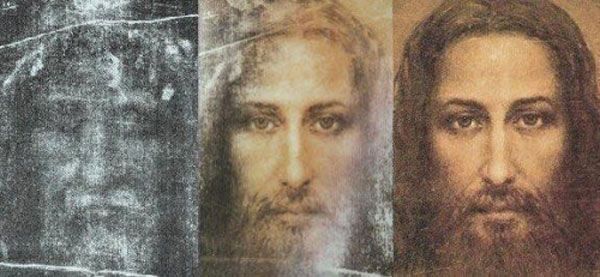Mexico City, Mexico - Experts from around the world gathered in Mexico for a conference on the Holy Shroud of Turin in light of the latest studies indicating that the linen bears the characteristics of Jesusí burial cloth.
The conference, entitled "The Holy Shroud and the Year of Faith," took place May 24th -25th in Mexico City as the Mexican Center for the Study of the Shroud marked its 30th anniversary.
The center is led by Dr. Adolfo Orozco, who is dedicated to studying and making known the burial cloth "that is presumed to have enveloped the body of Jesus of Nazareth and was a witness to the moment of the resurrection."
In addition to the conference at the Marian Plaza at the Basilica of Guadalupe, an exact replica of the shroud was also on display.
Among the characteristics of the shroud discussed during the conference were its three-dimensionality, the first-century style weaving of the linen and the impossibility that it could have been the work of Leonardo Da Vinci, as historical records show that it was exhibited in Europe 92 years before the artist was born.
The blood on the shroud is human and was absorbed into the cloth before the image was imprinted upon it, experts said. The scientific analysis of the shroud fits with the Gospelsí narration of the historical facts, along with research on Hebrew customs from that time period.
Although it is unknown how the image was imprinted on the cloth, it can be compared to a radioactive reaction, which would coincide with the moment of the Resurrection, experts explained.
Speakers at the event included Dr. Bruno Barberis, director of the Shroud of Turin Museum; Father Eduardo Chavez Sanchez, postulator of the cause of canonization of St. Juan Diego; Dr. John Jackson, director of the Center for the Study of the Shroud in Colorado Springs; and Dr. Rafael de la Piedra, a lay consecrated member of the Sodalitium Christianae Vitae and the director of the Center for Catholic Studies of Lima.


